The Hidden Armor Plates of World of Warships: Japanese Warships
9 min readLadies and Gentlemen, we are back with this little series about the hidden armor plates in World of Warships. This time we will be covering the Japanese warships.
If you didn’t read the first article, I invite you to take a look at it by following this link:
The Hidden Armor Plates of World of Warships: American warships
Now let’s look at the Japanese warships. In their case, the hidden armor plates can be found on the Chikuma, on the Japanese battleships and finally (get ready for it) on the Kaga as well as the Hakuryu. Then again, if you know her history, you shouldn’t be surprised by the Kaga.
Just like the last time, we will go tier by tier.
Tier II
Chikuma

Let’s go with the only cruiser with hidden armor plates, the Chikuma. She possesses armored decks in her bow and stern both being 22 mm thick. This means that you will be able to bounce with these 2 plates shells up to a caliber of 305 mm.
Mikasa
The second on the list is the Mikasa. Mikasa has 2 armored decks, one in the bow and one in the stern. On both sides, the extremity is 51 mm while the more central part is 76 mm.
These armored decks have however 2 problems. First, they are below the waterline which already reduces their effectiveness and second, the upper part of the athwartships on both sides is exposed which means that there is a high chance that the shells that will penetrate the bow or the stern will also be able to reach the citadel.
Tier III
Kawachi

The Kawachi like the previous ships has armored decks on both the bow and the stern. These armored decks are 76 mm thick and are at the same level as her extended belt of 102 mm.
Now, the Kawachi suffers from the same problem as the Mikasa.

As you can see on the picture above, the upper parts of the athwartships are still exposed and are partially above the waterline. Also, the armored decks are both below the waterline. While they protect a big part of the front citadel, they are not foolproof so don’t rely on them too much.
Tier IV
Myogi (A and B hull)
As a certain Jedi would say, this is where the fun begins. Now, considering the Myogi’s A/B and C hulls have some big differences (last remnant of the era of the awful A hull Japanese battleships), I will treat them separately.

The Myogi A/B hull has once again armored decks in both the bow and the stern. Each of them are 57 mm and they are very well placed. They are just above the extended belt of 76 mm and this creates what I would call an armored box in front of the citadel blocking shells coming both from the sides and from above.

So… well surprise, surprise, the Myogi is actually well protected. This protection is further enhanced when she reaches her C hull.
Myogi (C hull)
On the bow, the armored deck increases in thickness to become 70 mm thick while on the stern, to fit her gun layout, it increases to 95 mm. The extended belt remains as good as the A/B hull on top of that.
Now, and this counts for every turtleback including an empty space between it and the citadel as well spaced armor (please don’t mix up spaced armor where you have an actual main belt separated from the citadel side armor by an empty space with a simple torpedo bulge), there is a structural weakness. The said weakness is, of course, relatively hard to exploit as the shells need to hit at the right angle which can be problematic when the ship is moving. It basically consists of having a shell hitting the bow of the ship near the waterline at a sufficient angle to penetrate it. Following this, the shell can slip in the gap between the turtleback and the citadel side avoiding in the process the thickest armor. It will then happily hit the citadel and possibly penetrate it.
This can result in a lot of confusion on both sides as well as a lot of salt on the receiving hand of that citadel damage.
This weakness being now explained, let’s proceed to the next ship while keeping in mind the fact that you are not necessarily immune entirely to citadels even with the kind of protection presented with the Myogi.
Ichizuchi
The Ichizuchi’s front armored deck is 38 mm thick and the rear armored deck is 51 mm thick with the sides being sloped to follow the shape of the citadel. They are both completed by extended belts as you can see here:
These extended belts are 76 mm thick offering the same kind of protection as the Myogi but without the structural weakness.
Tier V
Let’s kill 5 birds with one stone because the following ships are all the same but simply… weebified in the case of 4 of them.
Kongo, ARP Kongo, ARP, Hiei, ARP Haruna, ARP Kirishima
Well here, there are 2 armored decks but this time, they are both in the stern.
The first one (in green) is 38 mm thick and the second (in yellow) is 89 mm thick and has sloped sides. They form an armored box with the extended belt of 76 mm being between the 2 armored decks.
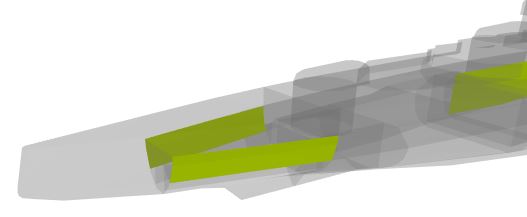
As a side note, there is also a 127 mm bulkhead to close the whole armored box. Normally, I don’t mention these but that one can possibly come into play due to its size.
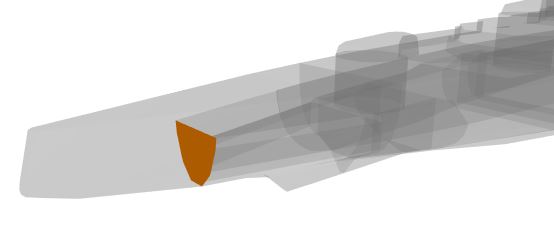
Tier VI
Fuso
It shouldn’t be a secret, the Fuso tanks very well. Here are a few more reasons why.
First, at the front, she has an armored deck of 57 mm that is an extension of the turtleback’s deck of 51 mm. It is completed by the 102 mm extended belt. Now, the box is not completely closed because the extended belt doesn’t go all the way to the end of the bow. You can be very unlucky and have the enemy shell penetrating the tip of the bow and then going right towards the front athwartship.
At the rear, the armored deck is the extension of the exposed rear citadel. The middle section is 70 mm thick and is exactly at the waterline and the sloped sides are 83 mm thick.
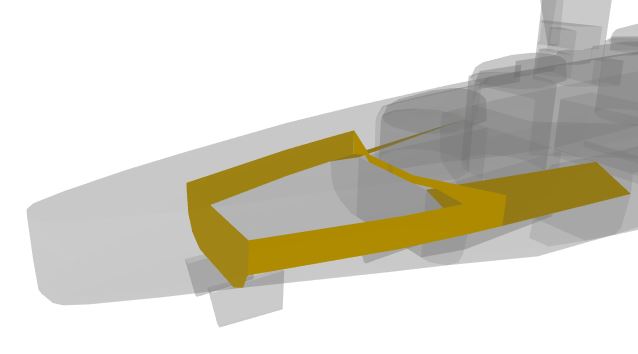
To complete this protection, a large bulkhead is also placed at the end of the armored deck and the extended belt. This bulkhead is 102 mm thick.
All of these plates should provide significant protection of the rear athwartship of the citadel.
Another smaller bulkhead is also present in front of the 6th turret.
Mutsu
Unlike the Colorado and the West Virginia (MOUNTAIN MAMMA!), there are some differences between the Mutsu and the Nagato just like the Ashitaka and the Amagi. I will treat all these ships separately.
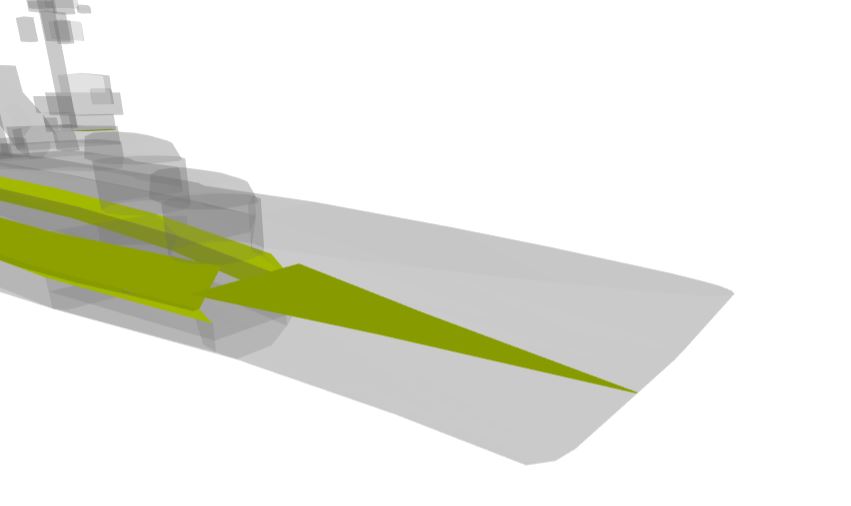
Well, the Nagato class doesn’t have anything crazy. Mutsu possesses a 76 mm armored deck at the front. However, this armored deck is below the waterline and is leaving a relatively big part of the citadel’s front athwartship fully exposed to penetrations through the bow.
At the rear, it’s slightly better. The armored deck’s middle section is 76 mm thick and the sloped sides are 102 mm thick. It is an extension of the citadel and as such, covers the rear athwartship completely. In the case of the Mutsu and the Nagato, the steering gears bulkhead is very small so nothing that will come into play even though it is 229 mm thick.
Tier VII
Nagato
The Nagato presents only one difference to the Mutsu. The sloped sides of the rear armored deck are 120 mm thick instead of 102 mm. This somehow makes me wonder if this isn’t a typo of some sort but who knows.
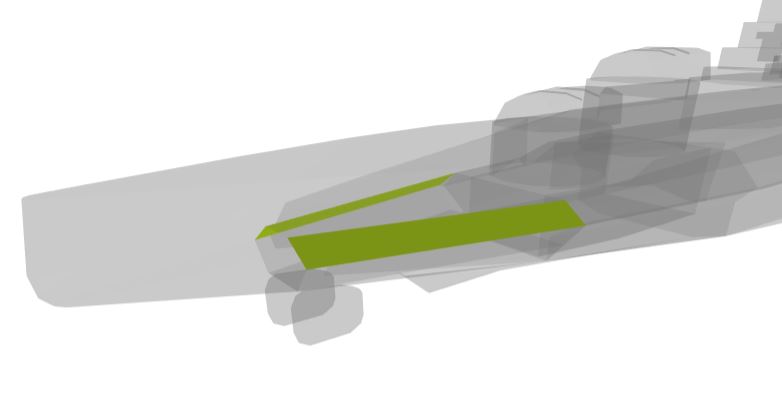
Ashitaka
So, Ashitaka decided to be the special one since unlike all the others including Amagi, she has a tapering armored deck. The closest from the citadel (in orange) is 95 mm then it decreases to 76 mm and then to 51 mm. The Ashitaka possesses the same structural weakness as the Mutsu and the Nagato as her armored deck is underwater and leaves the upper athwartship of the citadel fully exposed.
At the rear, there are 2 armored decks. The first one is 89 mm thick and is right on top of the extended belt armor of 229 mm.
This is completed by a bulkhead of 229 mm for the lower part and 203 mm for the upper part.
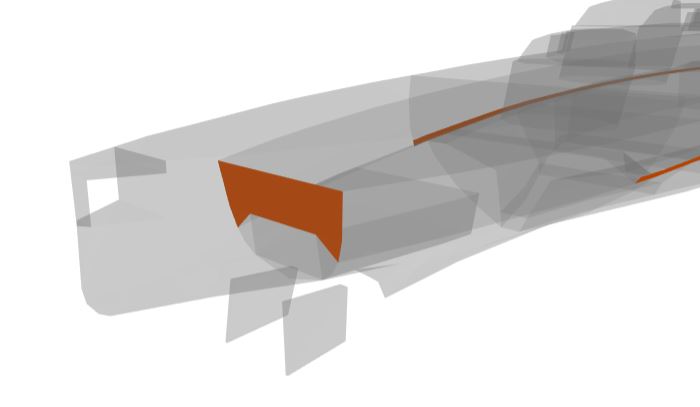
Now, as I said above, there is a second armored deck but this one is much thinner and will provide limited protection.
The middle section is only 19 mm thick so if a shell went through the first layers of armor, it will certainly be a shell able to overmatch this. The sloped sides, however, are 32 mm thick. This can possibly protect you from shells that would penetrate the extended belt and would threaten the rear athwartship of the citadel.
Tier VIII
Amagi
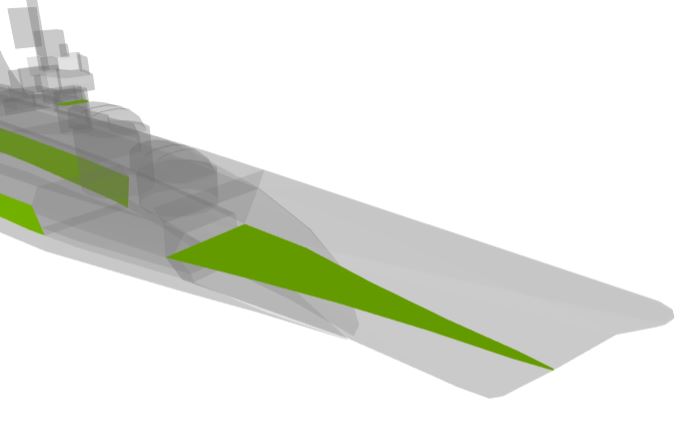
The bow’s armored deck is 76 mm thick, unlike Ashitaka’s tapering armor. The upper part of the athwartship of the citadel is still exposed so a Yamato class can give a deadly kiss if you are unlucky.
At the stern, she has the same 89 mm armored deck as the Ashitaka completed by the extended belt of 254 mm and the rear bulkhead of 229 mm to complete the whole protection of the rear athwartship.
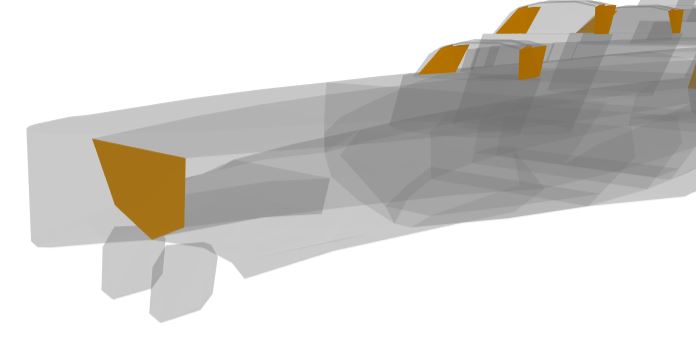
The second armored is this time useful.
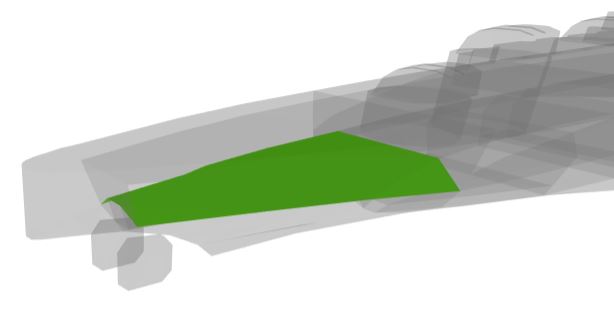
It is 48 mm thick on both the middle section and the sloped sides. It is entirely covering the rear athwartship.
Kaga
Yes, I know, Kaga is currently Tier VII. Now for those who followed, she is getting brought to Tier VIII just like Saipan.
You might wonder why Kaga has hidden armor plates though. It is because this ship was at the start planned to be a battleship of the Tosa-class. However, the Washington naval treaty showed up blocking the Japanese navy from completing her. At the start, the Amagi was intended to be the one converted into an aircraft carrier. However, she was substantially damaged during the Great Kanto earthquake and Kaga was converted instead.
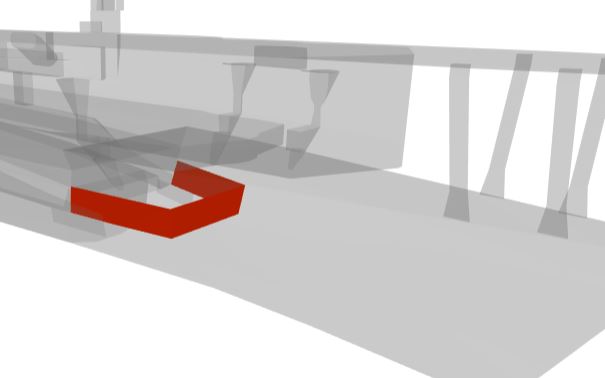
At the front, Kaga only has a simple bulkhead at the end of her extended belt of 120 mm. It is actually well positioned as half of it is above the waterline while the citadel is below so it might be able to intercept shells going towards the citadel.
At the rear, she has 2 armored decks both being 38 mm. The lower armored deck has sloped sides. They are completed by a bulkhead of 152 mm. as well as the extended belt of 120 mm.
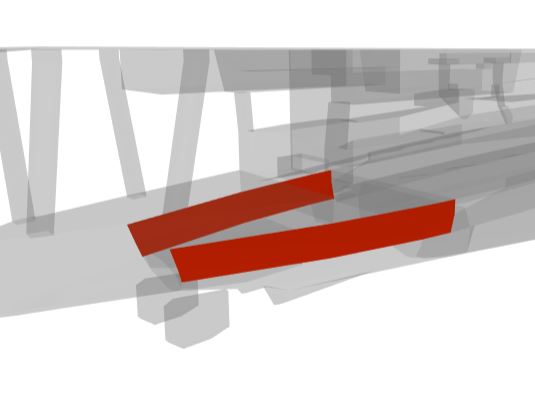
With this combination of 2 armored decks, extended belt, bulkhead and underwater citadel, this makes the Kaga pretty much impossible to citadel through the stern except maybe at point blank range. Then again, we are talking about an aircraft carrier so nothing planned to go into close quarters.
Kii
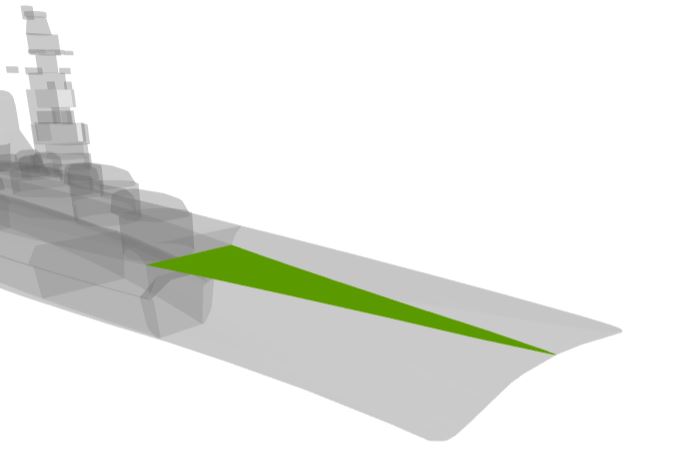
The Kii’s bow armored deck is 51 mm thick and is an extension of the main armor deck. It isn’t that great though because it is very high above water so while this will protect from shells coming from above, it will be relatively easy to simply shoot under it.
At the stern, she technically has 2 armored decks but the lower one is only for decoration. It is a sloped armored deck but the middle section is 19 mm and the sloped sides are 32 mm so it will overall not be of much use.
As for the first armored deck, it is 89 mm thick and is just above the extended armored belt of 229 mm. There is also at the end of the extended belt a 203 mm thick bulkhead.
Tier IX
Izumo
Let’s explain why Izumo is amazing at tanking AP shells when she is angled.
On the bow, her armored deck is first 38 mm thick then it is sloped and 51 mm thick. Due to this armored deck’s position, Izumo is basically impossible to citadel through the bow even for Yamato and Musashi.
In the stern, she has the same treatment. 38 mm armored deck and then a 51 mm sloped plating.
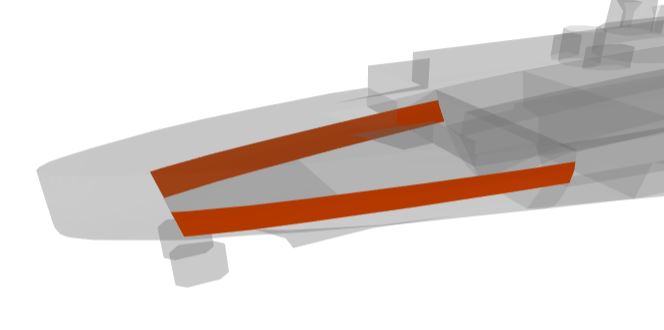
If you add to this the 305 mm extended belt, this makes the Izumo a fantastic ship to tank AP shells when she is angled.
Tier X
Yamato
No, just kidding. The Yamato has no hidden armored plates. Yamato is honest and doesn’t hide anything from you.
Hakuryu
Well here, it’s a bit special. Technically, this plate is not hidden, it’s just that it is impossible to see it because you cannot look at the ship from below the waterline.

The Hakuryu possesses 2 armored decks on both sides of the citadel. They are exactly on the waterline and as you can see here are fairly long. They do provide significant protection of the front and rear athwartships of the citadel.
This concludes the chapter on Japanese warships. I will now proceed to prepare mentally for the German warships that I might have to treat in 2 parts. Let’s simply say that German warships designers loved to slap armored plates all over their ships.

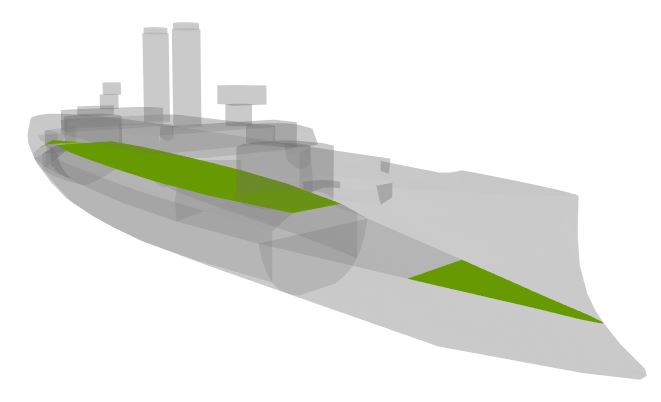
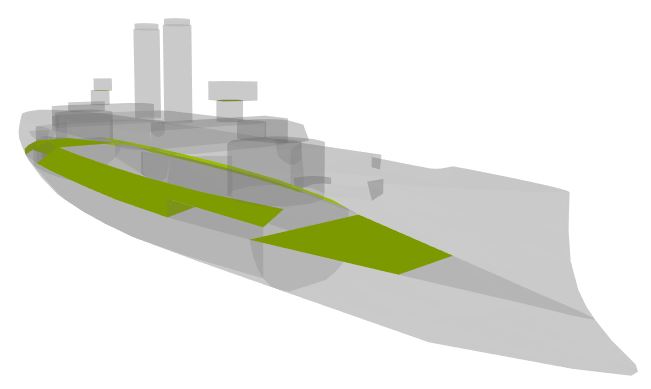
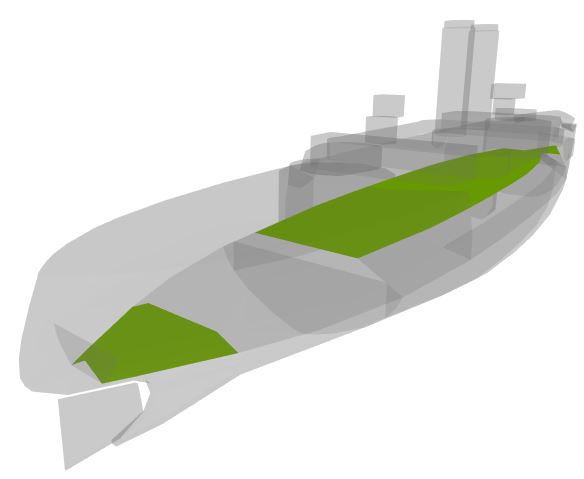
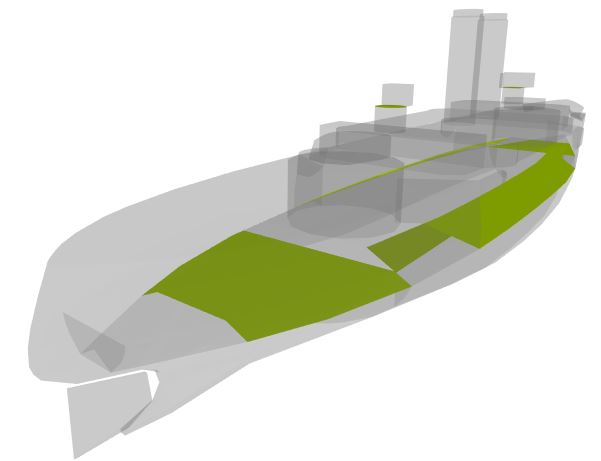
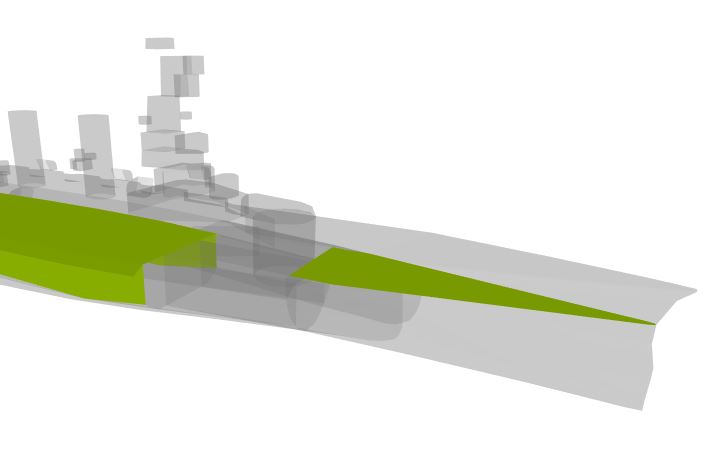
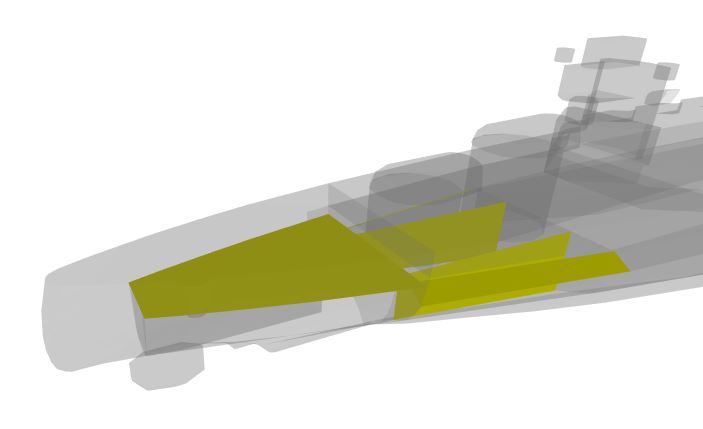
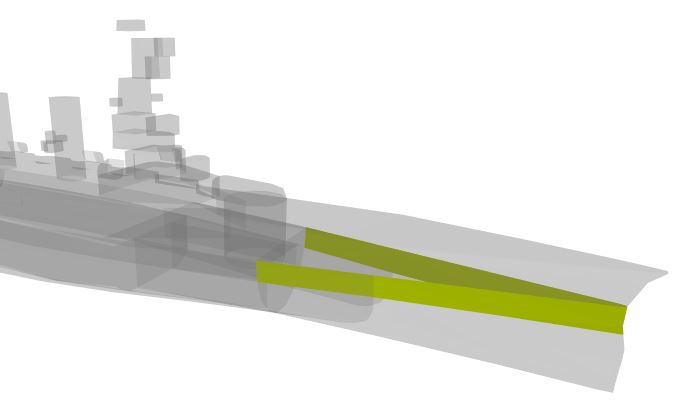
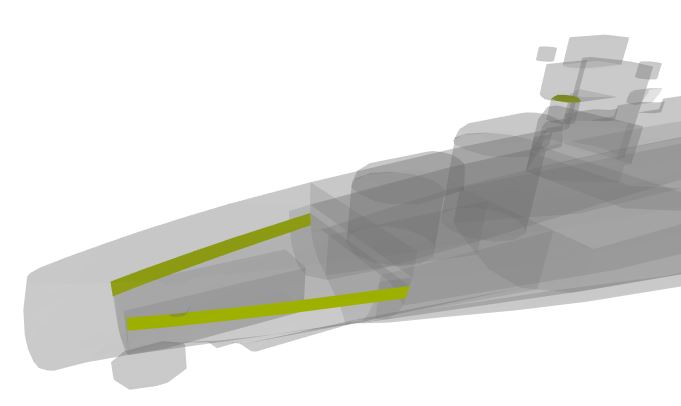
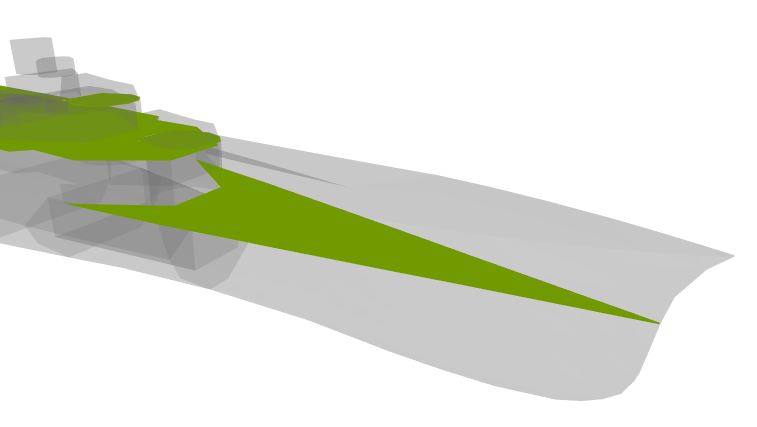
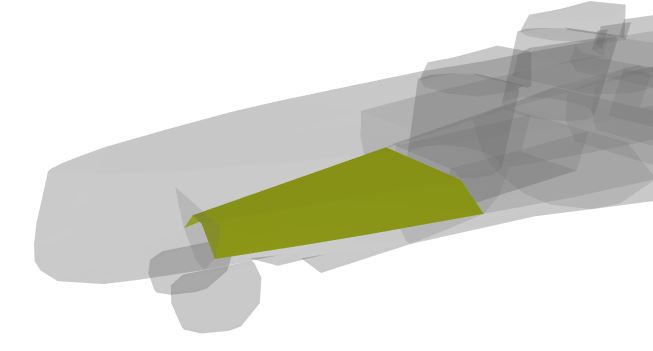
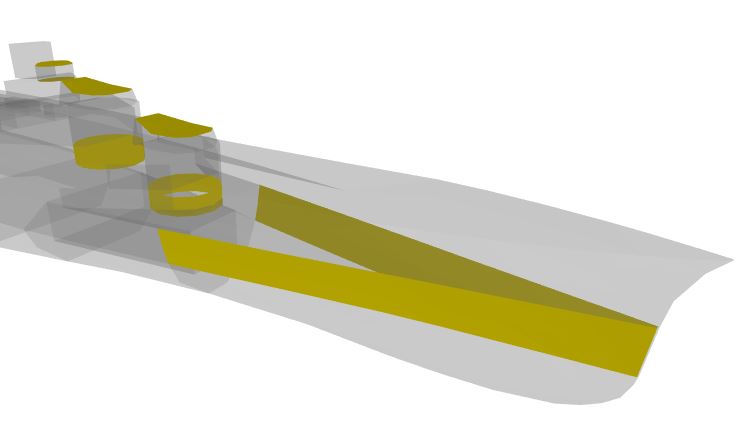
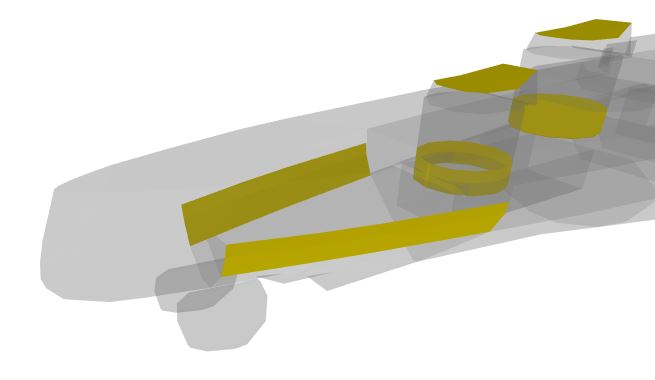
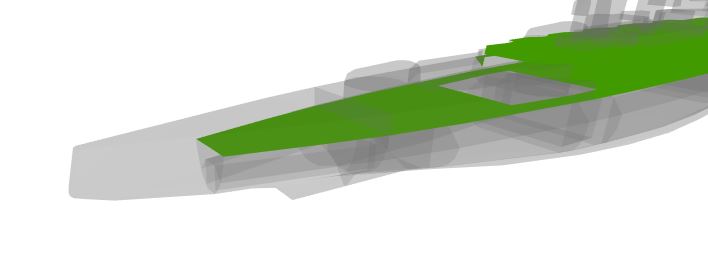
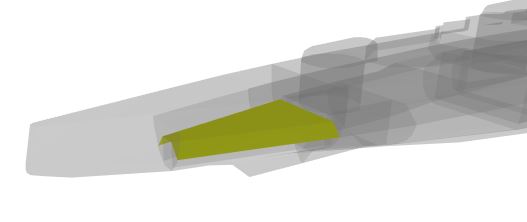
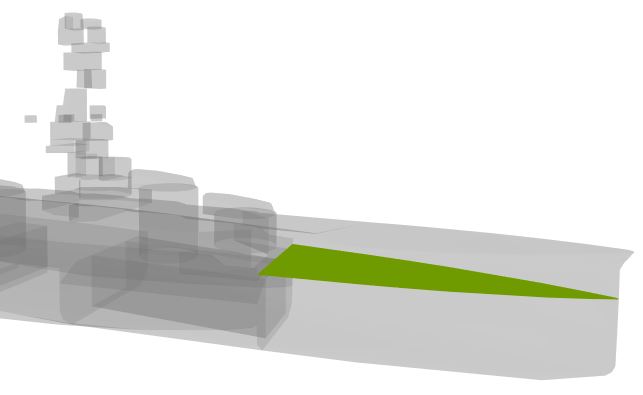
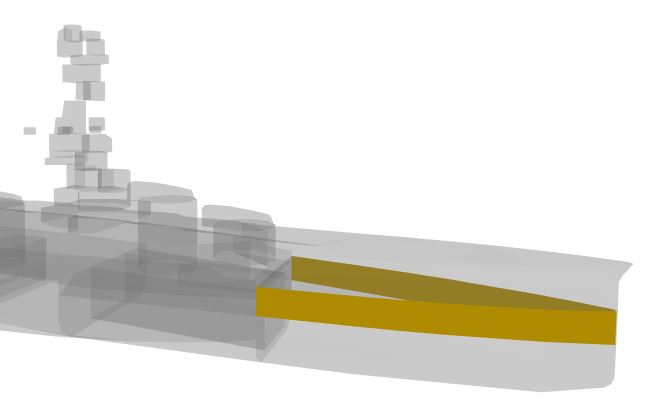
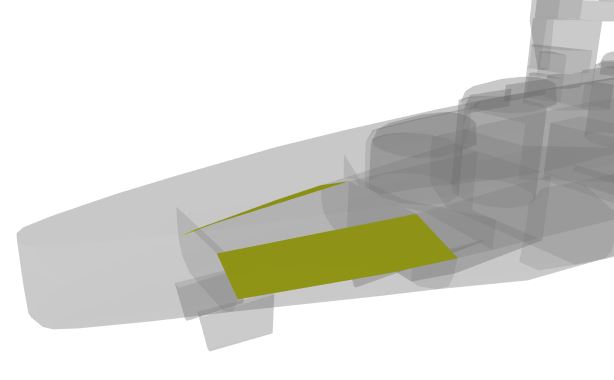
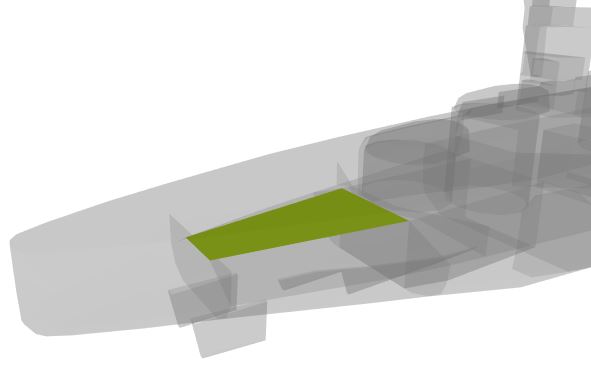
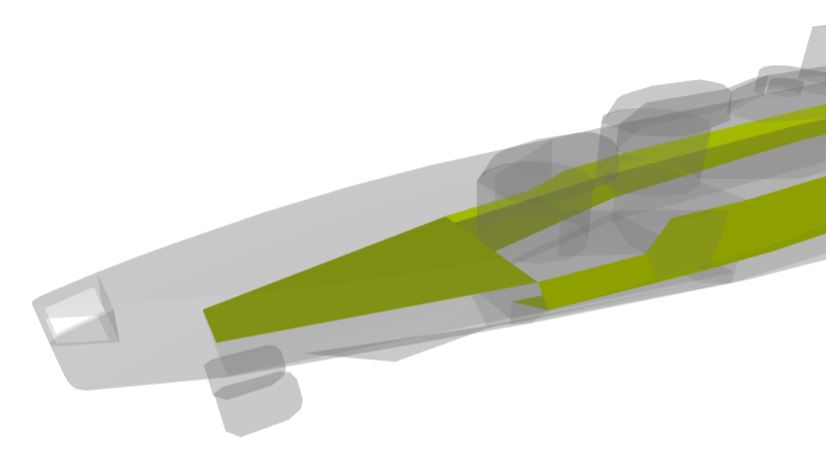
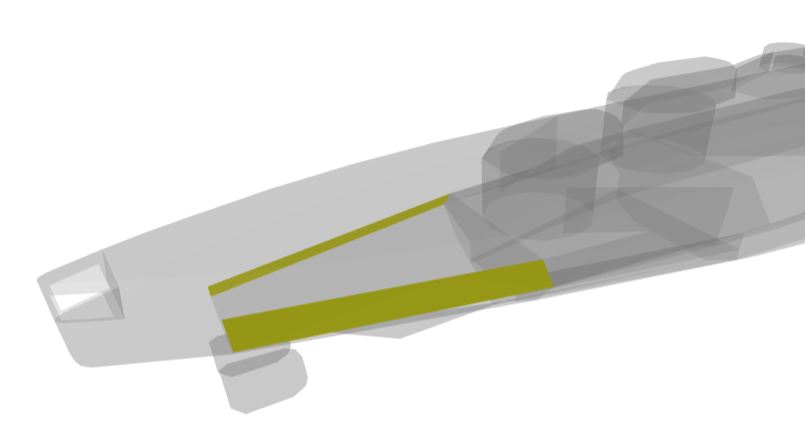
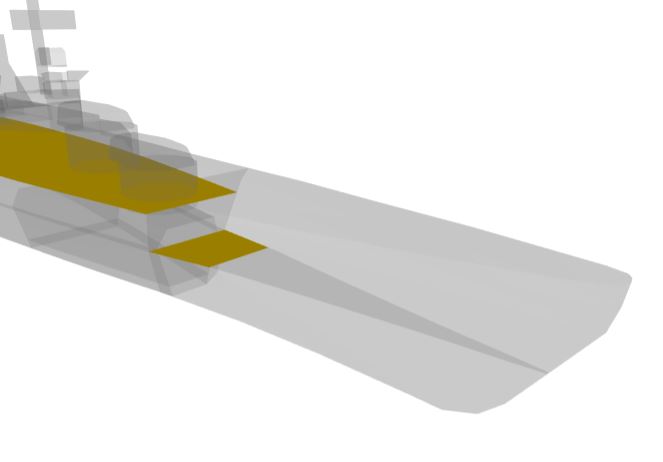
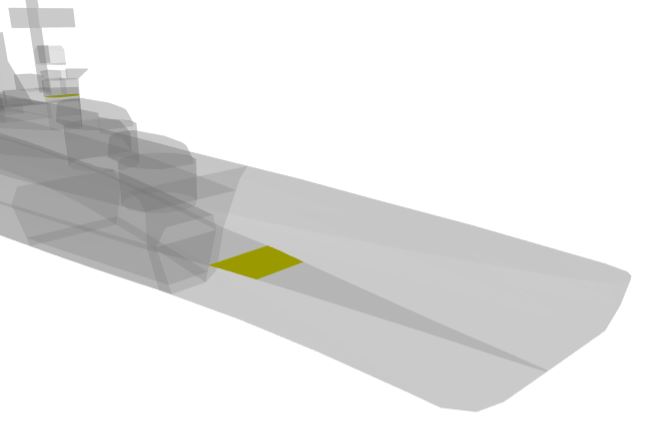
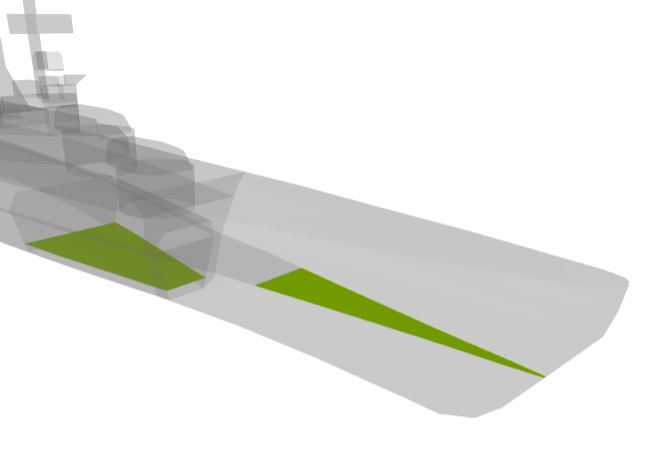
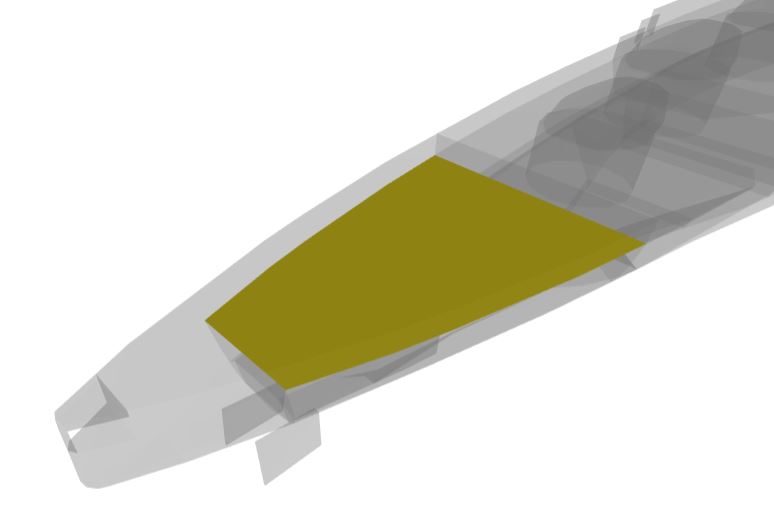
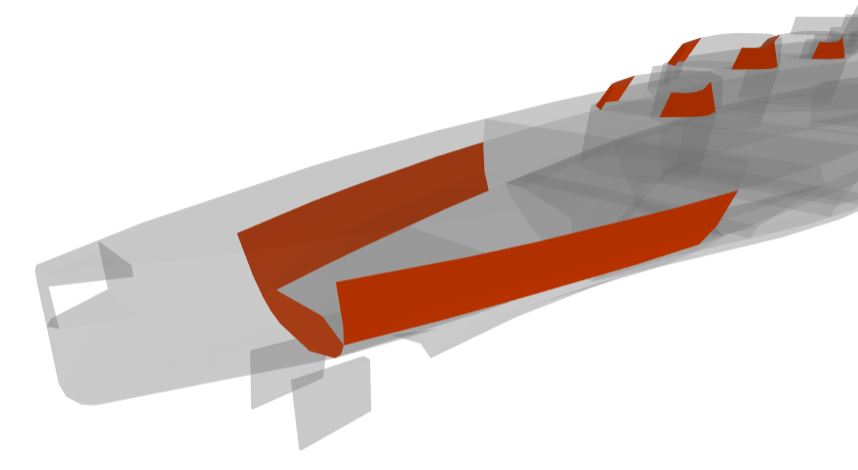
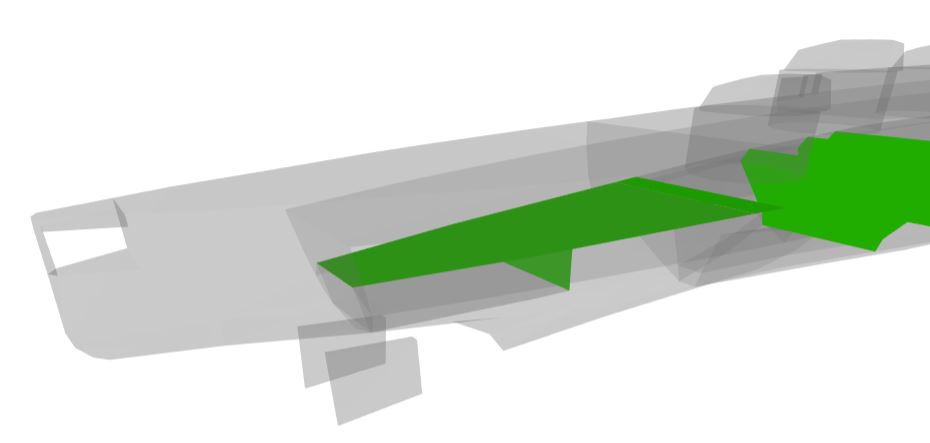
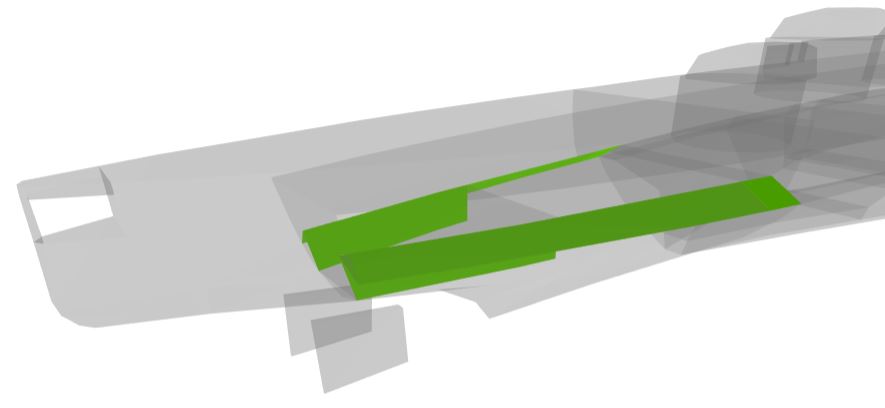
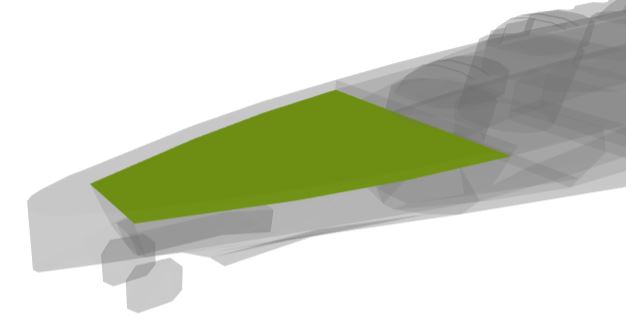
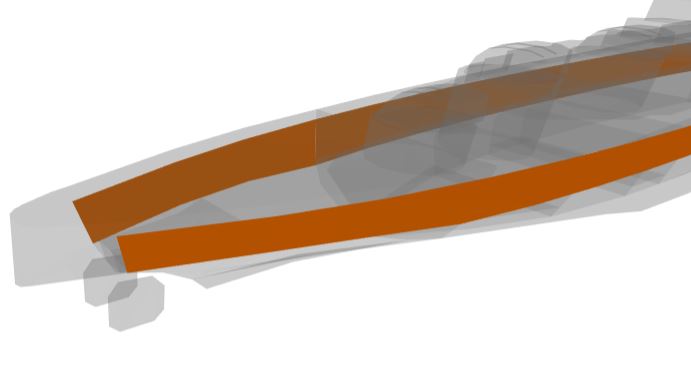
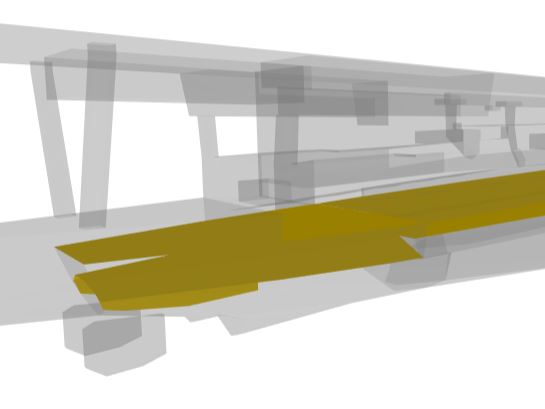
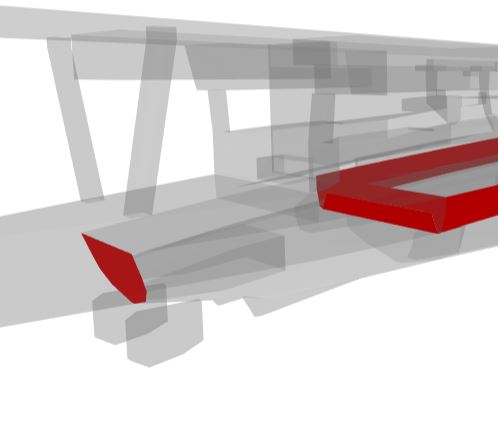
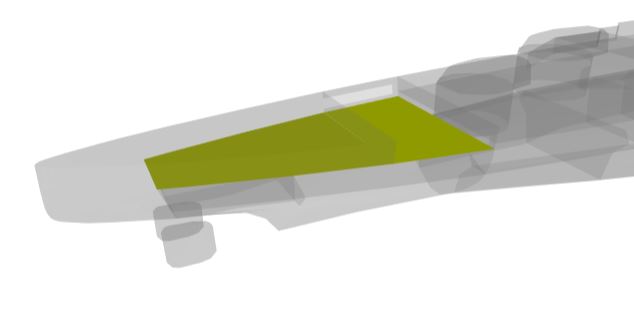
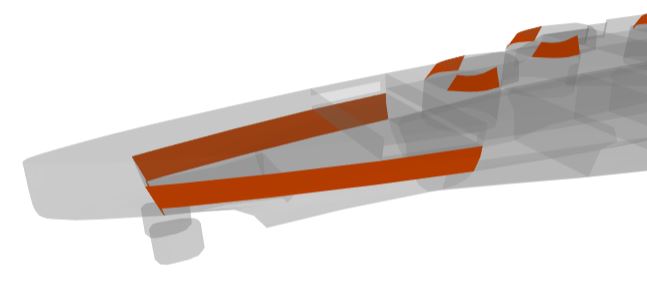
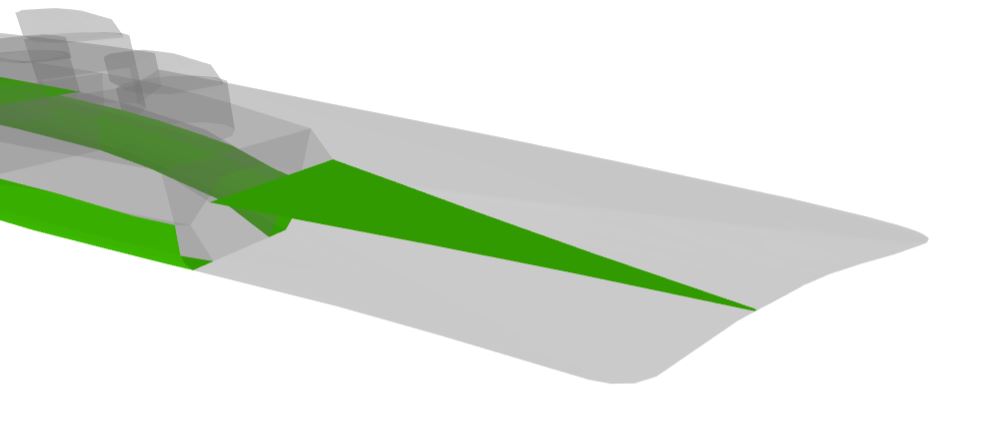
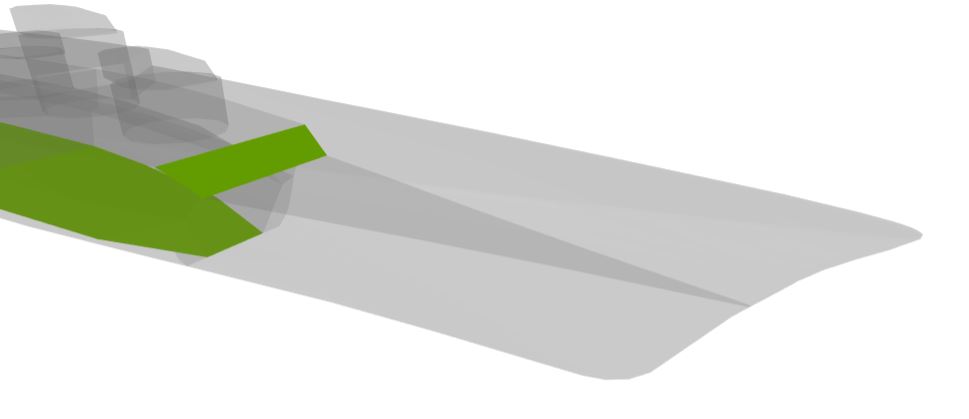
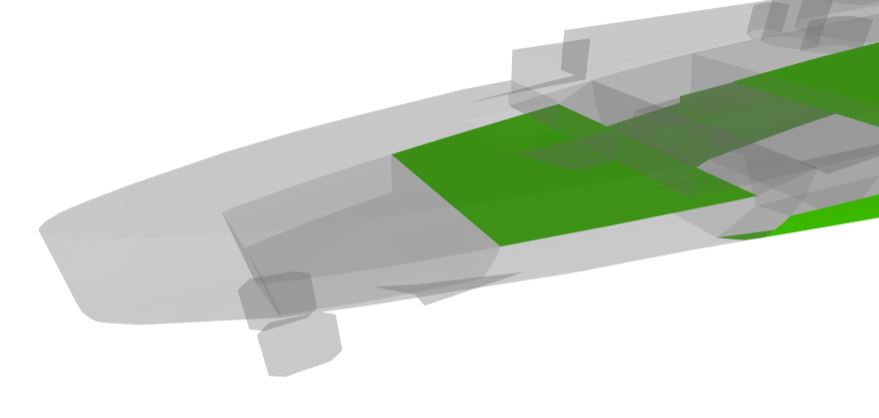
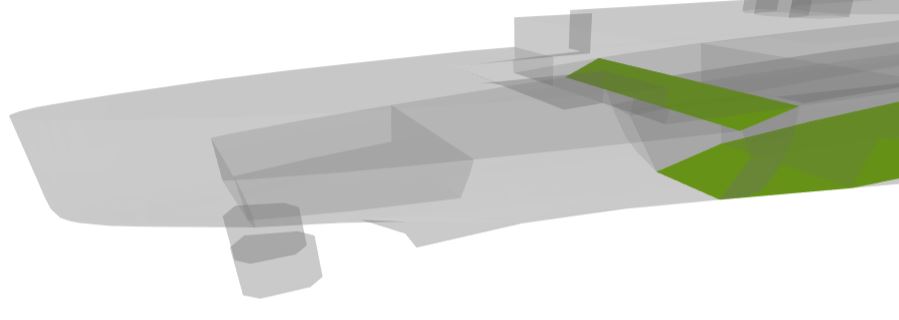


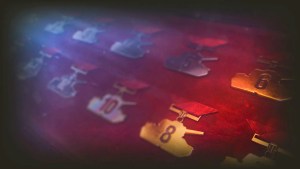

In fact you do not need to wonder (Mutsu vs. Nagato), as there were no two same Japanese battleships. In fact all 12 WW2 BBs of the IJN were somewhat “single ships” with differences not big enough to justify new cl***es. The two most similar were Ise and Hyuga, IIRC (not having my books at hand).